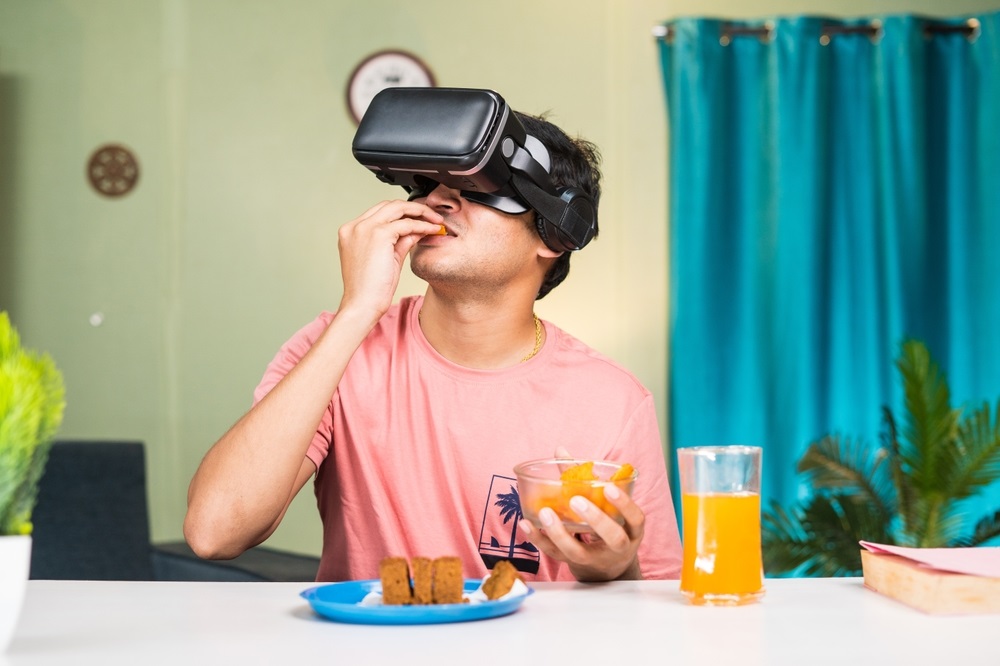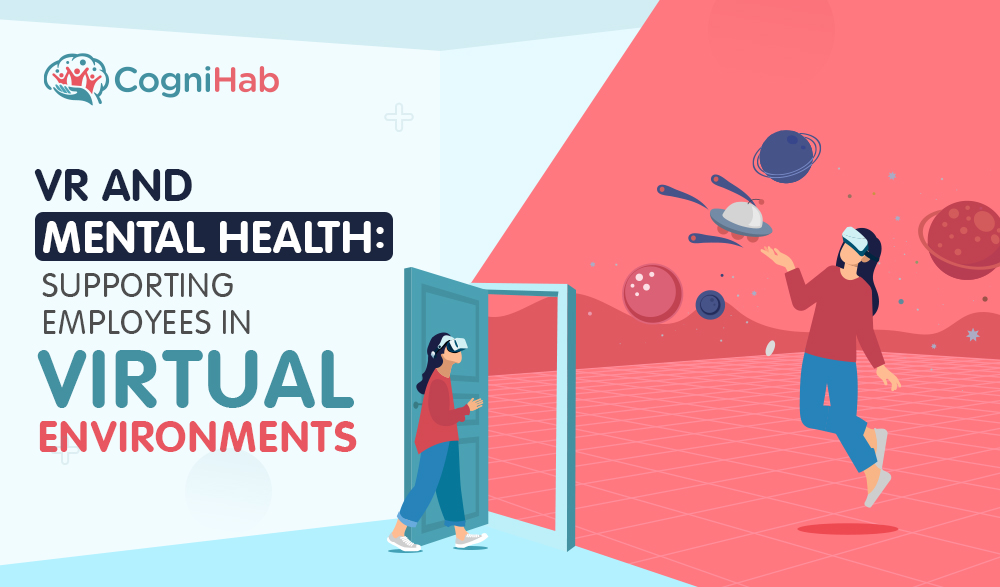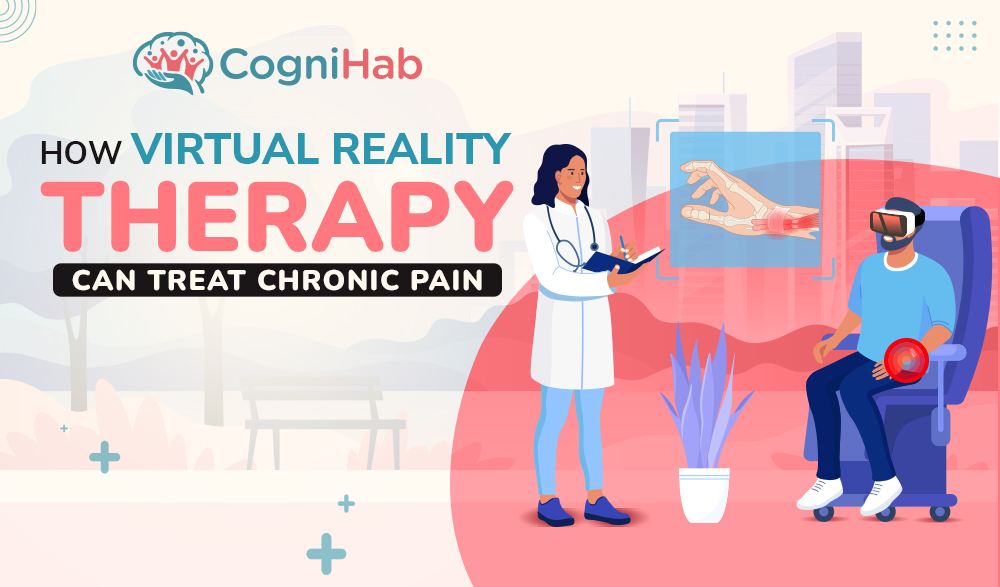Digital Twins In Healthcare: How Digital Twins Are Defining The New ‘Being Healthy’?
Is any industry left on this planet without coming across the term 'metaverse'?
From kids to adults, video games to healthcare, all are under the cascade of metaverse charm.
With a market prediction of $800 billion by 2024 (Earth Web), the metaverse is taking social connections and even the healthcare industry to an entirely new level.
With its different wings like virtual telemedicine, digital twins concept, metaverse in the healthcare industry is the next big thing the world will witness.
As a matter of fact, digital twins in healthcare aid healthcare companies in improving personalized medicines and their performance and work on new drugs and medical devices with the highest efficiency.
3D simulations, virtual clinics, and telemedicine have been around for a while. Still, digital twins in healthcare are the new take.
Digital twins fit perfectly to create applicable healthcare models on the pillars of information accumulated from wearable devices, patients' medical records, Etc. Digital Twins can extract data from healthcare organizations and drug and device manufacturers to build exceptional business models for healthcare organizations.
The fascinating part is that, in the metaverse, the patient's digital twin could be the patient themself.
What Are Digital Twins In Healthcare?
The 3D dynamic simulated mirror representation of a living or non-living physical being called metaverse aims to bridge the gaps between the physical and virtual realm.
In healthcare and fitness, the metaverse approach is the fine-tuned IoT facilitated by leveraging AR and VR glasses.
The healthcare metaverse market is galloping to reach $5373 million by 2030. (Globe News Wire)
The metaverse is also evolving like many other technologies. Consequently, the evolution comes with new potential for industries like healthcare, combining technologies like AR, VR, IoT, Internet of medical devices, cloud, Web 3.0, and so on.
- Digital twins in healthcare are a new facet of the metaverse, offering the healthcare industry a new direction.
- The entity of the digital twin can vary from healthcare processes, patients, and places to systems and devices.
- A digital twin is helpful in simulating real-world situations to evaluate how it responds to changes, improving business operations, and making alterations.
- The digital twin market across the globe will hit $6.9 billion by 2022, only to ascend to $73.5 billion by 2027. (Markets and Markets)
- Moreover, Gartner has consistently kept digital twin technology in all of its top strategic technology trends since 2017.
So, how will the digital twin in healthcare help the medical space?
In the healthcare realm, the digital twin is an online healthcare service pivoted around occupational health, leveraged by individuals to find out,
- How to get recovered from surgery
- How to respond or react to specified medications
- How to map and pin down the genetic improvements of individuals.
- The digital twin will represent the virtual replica of patients, where doctors can test every available and possible medicine to cure the patient's illness in a better way.
- Doctors can even monitor the virtual patient to check whether the medications bring any side effects or not.
- The globally well-known med-tech companies like Siemens Healthineers are already researching and working on digital twin.
- Furthermore, the success of the digital twin in healthcare solely depends on data generation at a massive amount.
Benefits Of Adopting Digital Twin In Healthcare
Many times, people who consider themselves healthy individuals tend to ignore the indications assuming typical symptoms.
The digital twin tracks a person's records, crosscheck them against registered patterns, and evaluate the disease indications.
Digital twins in healthcare will help individuals to learn the new definition of being healthy through leveraging the data collected by healthcare organizations.
Followings are the way digital twins will help the healthcare industry:
Patient Monitoring
- The virtual twin of patients enables doctors to monitor the health conditions of the real flesh and blood patients.
- Through adaptive analytics and algorithms, digital twin produces the exact outcomes of a patient's symptoms. The process concentrates on relentless data collection capabilities and curating.
- In addition, digital twins can help doctors in RPM (Remote Patient Monitoring) blended with advanced technologies like IoT, Virtual Reality, metaverse, and Augmented Reality.
- Continuous patient monitoring and better healthcare data access offer physicians and patient's family’s peace of mind.
Saving Expenses
A hospital can improve its cost savings by up to 900% by adopting digital twin technology. (Thoughtwire)
Moreover, hospitals can eliminate issues in their patient flow through digital twins in healthcare.
- Although the implementation of digital twins seems expensive at the initial stage, it offers lifetime savings through immense growth for the hospitals.
- Digital twins aid hospitals in assigning their workforce, organizing inventories that contain beds, instruments, Etc.
- Digital twins assist physicians in predicting medical emergencies of patients shortly. Doctors can predict the chances of cardiopulmonary and respiratory arrest, kidney disorder or failure, Etc., in patients through digital twins.
- When physicians get access to testing multiple possible medications on their patients' virtual twins, it helps them to carve out proper patient-specific treatment processes.
- This novel facet of the metaverse helps healthcare organizations in better precautionary maintenance while providing personalized health care costs.
Personalized Healthcare Services
- Digital twin technology presents a virtually fabricated version of hospitals, administrators, nurses, and doctors. It aids to can get a robust, real-time analysis of patients' whereabouts, offering physicians a fine-tuned workflow schedule.
- An organized and proper workflow ensures reducing patient queues.
- Hospitals can manage and schedule appointments most effectively.
- Hospitals can estimate their inventory consumption and maintenance with accuracy.
- Cardiologists can take care of each case individually, ensuring better patient care.
- Digital twin technology can also prove its excellence in evaluating the risk zones of the epidemic to track infections better.
Read More: Can Metaverse improve mental health?
Final Thoughts
To conclude, VR solutions for healthcare industry will bring revolutionary changes to the treatment process in the next few years.
And among all its facets, digital twins in healthcare steals the show.
Yes, the metaverse and its digital twin are indeed in the nascent stage. Tech professionals are exploring these two technologies to come with more opportunities for industries.
Moreover, healthcare companies must modify their present business models to adopt digital twins in the virtual realm.







